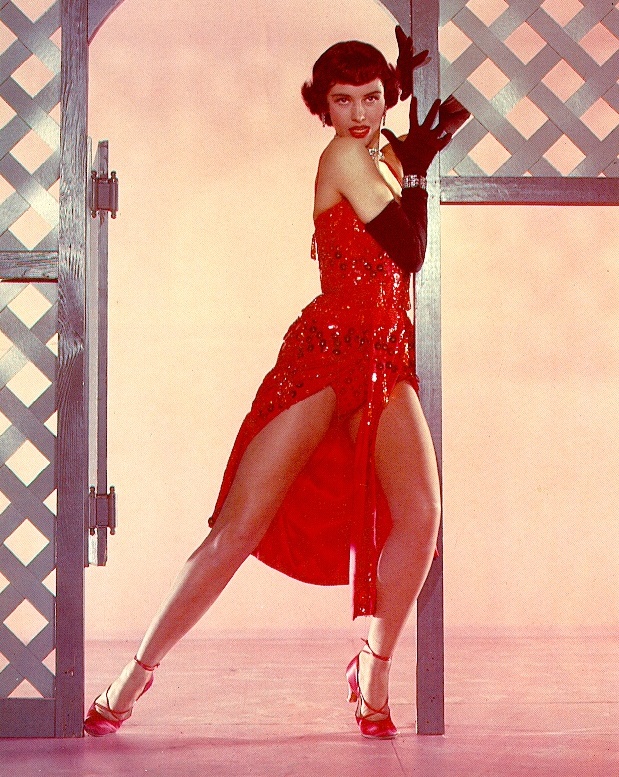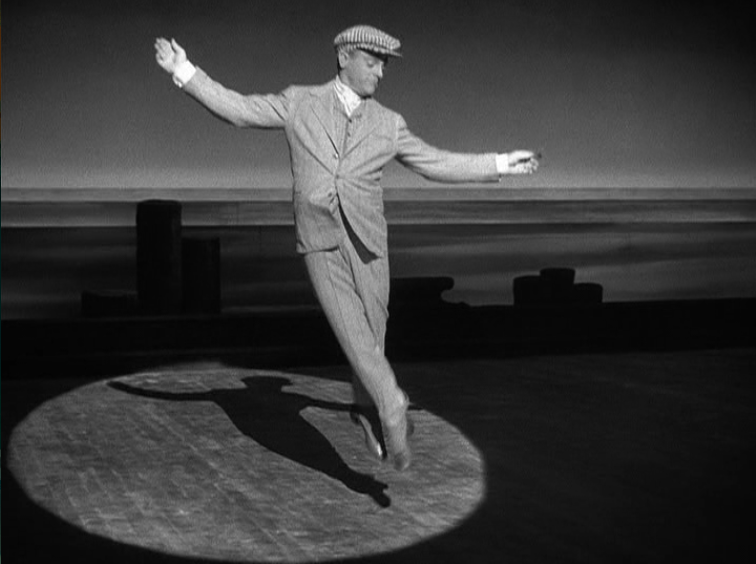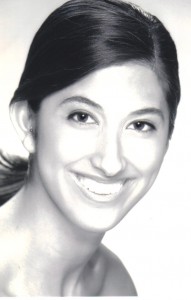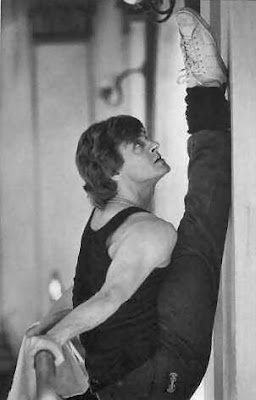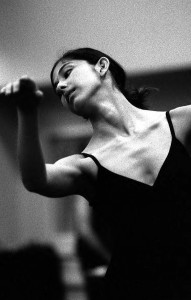Gregory Hines!

Born in New York City to Maurice Hines Sr. and Alma Hines, Gregory Hines began tapping when he was two years old, and began dancing semi-professionally at the age of five. Since then, he and his older brother Maurice performed together, studying with choreographer Henry LeTang. Gregory and Maurice also learned from veteran tap dancers such as Howard Sims and The Nicholas Brothers whenever they performed in the same venues. The two brothers were known as “The Hines Kids”, making nightclub appearances, and later as “The Hines Brothers”. When their father joined the act as a drummer,the name changed again in 1963 to “Hines, Hines, and Dad”.
Hines performed as the lead singer and musician in a rock band called Severance in the year of 1975-1976 based in Venice, California. Severance was one of the house bands at an original music club called Honky Hoagies Handy Hangout, otherwise known as the 4H Club. In 1986, he sang a duet with Luther Vandross, entitled “There’s Nothing Better Than Love”, which reached the No. 1 position on the Billboard R&B charts.
Hines made his movie debut in Mel Brooks’s History of the World, Part 1. Critics took note of Hines’s comedic charm, and he later appeared in such movies as The Cotton Club, White Nights alongside Mikhail Baryshnikov, Running Scared, Tap and Waiting to Exhale. On television, he starred in his own series in 1997 called The Gregory Hines Show on CBS, as well as in the recurring role of Ben Doucette on Will & Grace. In 1999, Hines made his return to television with Nick Jr.’s Little Bill, as the voice of Big Bill in which he won an Emmy Award for Outstanding Performer In An Animated Program.
Hines made his Broadway debut with his brother in The Girl in Pink Tights in 1954. He earned Tony Award nominations for Eubie! (1979), Comin’ Uptown (1980) and Sophisticated Ladies (1981), and won the Tony Award and Drama Desk Award for Jelly’s Last Jam (1992) and the Theatre World Award for Eubie!. In 1989, Gregory Hines created “Gregory Hines’ Tap Dance in America,” which he also hosted. The PBS special featured seasoned tap dancers such as Savion Glover and Bunny Briggs. He also co-hosted the Tony Awards ceremony in 1995 and 2002.
In 1990, Hines visited with his idol, Sammy Davis, Jr., as he was dying of throat cancer, unable to speak. After Davis died, an emotional Hines spoke at Davis’s funeral of how Sammy had made a gesture to him, “as if passing a basketball … and I caught it.” Hines spoke of the honor that Sammy thought that Hines could carry on from where he left off.
Hines was an avid improviser. He did a lot of improvisation of tap steps, tap sounds, and tap rhythms alike. His improvisation was like that of a drummer, doing a solo and coming up with all sorts of rhythms. He also improvised the phrasing of a number of tap steps that he would come up with, mainly based on sound produced. A laid back dancer, he usually wore nice pants and a loose-fitting shirt. Although he inherited the roots and tradition of the black rhythmic tap, he also influenced the new black rhythmic tap, as a proponent. “‘He purposely obliterated the tempos,’ wrote tap historian Sally Sommer, ‘throwing down a cascade of taps like pebbles tossed across the floor. In that moment, he aligned tap with the latest free-form experiments in jazz and new music and postmodern dance.'”
Throughout his career, Hines wanted to and continued to be an advocate for tap in America. In 1988, he successfully petitioned the creation of National Tap Dance Day, which is now celebrated in 40 cities in the United States. It is also celebrated in eight other nations. Gregory Hines was on the Board of Directors of Manhattan Tap, he was a member of the Jazz Tap Ensemble, and a member of the American Tap Foundation (formerly the American Tap Dance Orchestra). He was a good teacher, influencing tap dance artists Savion Glover, Dianne Walker, Ted Levy, and Jane Goldberg.
In an interview with The New York Times in 1988, Hines said that everything he did was influenced by his dancing–“my singing, my acting, my lovemaking, my being a parent.
Hines died of liver cancer at 57, on August 9, 2003, en route to hospital from his home in Los Angeles. He had been diagnosed with the disease more than a year earlier but had informed only his closest friends. At the time of his death, he was engaged to Negrita Jayde. Hines is interred at Saint Volodymyr’s Ukrainian Orthodox Cemetery in Oakville, Ontario, Canada, the country in which he met Negrita. Negrita, who died in 2009, is buried next to him.
Gregory Hines Solo Tap Scene White Nights
Fit As A Fiddle: Steve Martin & Gregory Hines
Gregory and Maurice Hines in the Cotton Club
Fun Facts about Mr. Gregory Hines
He and Maurice Hines were cast as brothers in Francis Ford Coppola’s The Cotton Club (1984), set in the Harlem club where their grandmother had been one of the elite black entertainers performing for a whites-only audience in the twenties and thirties. Coppola encouraged the brothers to improvise so they based one scene on their real-life reunion in “Eubie!” and admitted the tears were real.
In the late ’60s he decided to try his hand at performing rock ‘n’ roll music, and writing his own songs.
Was aged six when he and brother Maurice Hines performed, as the Hines Kids, at the Apollo Theatre in Harlem.
Had his professional debut when only 5 years old.
When he was in his twenties he worked on a farm.
Was considered for the part of “Winston Zeddemore” in Ghostbusters (1984).
Hines made his feature film debut in Mel Brooks’ History of the World: Part I (1981). He was a last minute replacement for Richard Pryor, who had to cancel his appearance in the movie due to his freebasing accident.
Won Broadway’s 1992 Tony Award as Best Actor (Musical) for “Jelly’s Last Jam,” for which he also shared a Best Choreographer nomination with Hope Clarke and Ted L. Levy. He was also nominated for Tonys three other times: as Best Actor (Featured Role – Musical) in 1979 for “Eubie!”, which he recreated in the television version with the same title, Eubie! (1981); ; and as Best Actor (Musical), in 1980 for “Comin’ Uptown” and in 1981 for “Sophisticated Ladies.”
In 1954 he and brother Maurice Hines they were cast in the Broadway musical “The Girl in the Pink Tights”.
He had a reunion with brother Maurice Hines when they were both hired for the Broadway musical, “Eubie!” in 1978. It earned him a Tony nomination, as did his role in another musical, “Sophisticated Ladies”.
His own stage show took him from New York’s Bottom Line to spots as far-flung as Atlantic City, Las Vegas, Japan and Monte Carlo.
Inducted into the International Tap Dance Hall of Fame in 2004.



